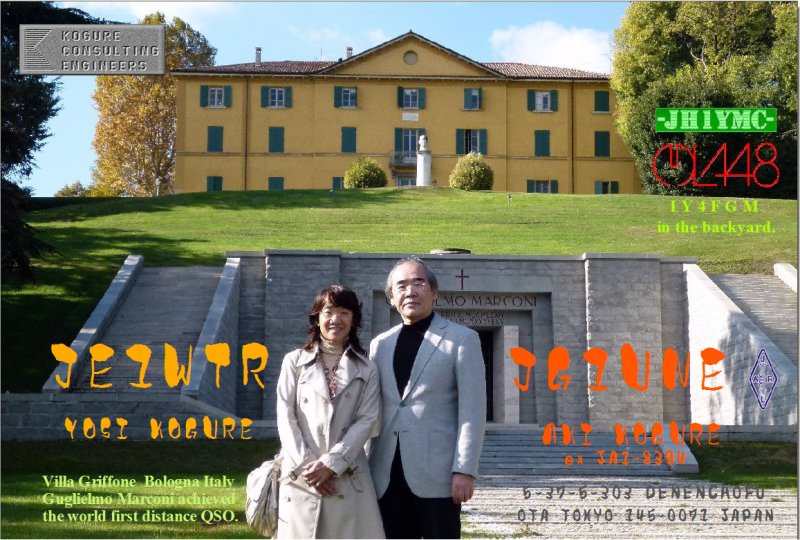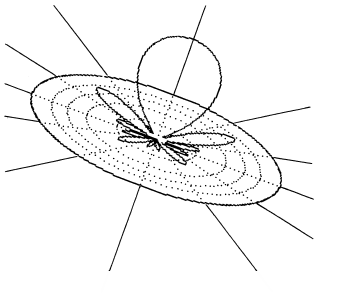



"ANNIE RETURNS"
Annie is an antenna analysis program written by Dr. Jim Rautio, AJ3K on an Apple ][ computer in 1983.
A series of five articles were written for QST magazine
starting in February 1984, receiving the ARRL’s Technical Merit award for that year.
Then he re-wrote the software in Turbo Pascal on an IBM-PC. The manual is written for the Apple,
there are differences for IBM-PC use.
You simply double click on Annie.com or Annie-87.com to run
Annie, the second one uses the floating point co-processor. Annie comes up in
a DOS window. If it failed, try "DOSBox" ( http://www.dosbox.com/ ) to run Annie.
To move to the next option on a menu, press F1. To move to a previous option, press F2.
To select the next value, press F3. To exit a menu press F10.
There are so many sophisticated tools out there now, it is primarily of
historical and perhaps educational interest now. Please enjoy!
(Abstract from Annie User's Manual "Preface to the 2001 Digital Preservation" by Jim Rautio.)
Dr. Rautio is our old friend, developing the global standard EM simulator Sonnet Suites since 1983.
We wrote two books published by Artech House, "Introduction to Antenna Analysis Using Em Simulators"
and "Introduction to RF Design Using Em Simulators".
Aki KOGURE, JG1UNE appeared in the March 1987 issue(p.45) of QST magazine.
A full-size beam antenna is great - if you have the space for one. Many of us, however, live in apartments and just don't have that space. These figures show my experiments with a miniaturized beam antenna in a Sigma configuration. My antenna is mounted at the top of a tower, about 15 m above the building roof.
The Sigma beam is a compact antenna shaped like the Greek letter sigma; it is a V beam with the element ends to reduce its size. Be sure to flatten the tube joints (after assembly!) to keep the element ends from rotating.
An SWR plot of my Sigma beam compares well with that of a full-size, two-element V-beam. The two curves are nearly identical, with the SWR less than 1.7:1 from 28 to 29 MHz. The folded element ends seem to have little effect on the antenna impedance. The V antenna has slight gain over a dipole, and I feel that the Sigma beam provides the performance of a V beam in a very compact package.
Now it is called "M beam" as well.
The antenna weight can be reduced, and construction simplified, if we use straight bamboo or fiberglass spreaders to support wire elements.
There's no need to give up DXing because you live in an apartment.
Try a Sigma beam!
Weight saving version by Peter Schmidt, DL9JFT can be seen here.
6m band version by Klaus Warsow, DG0KW can be seen here. He might rename it "M Beam" :-)
Copyright
Kogure Consulting Engineers All rights reserved.
